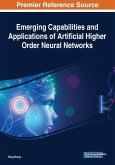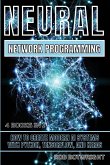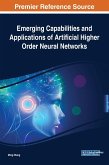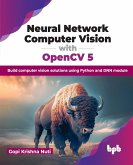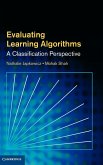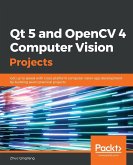This book is all about how to use deep learning for computer vision using convolutional neural networks. These are the state of the art when it comes to image classification and they beat vanilla deep networks at tasks like mnist. In this course we are going to up the ante and look at the streetview house number (svhn) dataset - which uses larger color images at various angles - so things are going to get tougher both computationally and in terms of the difficulty of the classification task. Benefits of reading this book that you're not going to find anywhere else:Introduction to neural networks Structures of neural networks Building a neural network The construction of artificial neurons The biological neurons model How they work The capabilities of neural network structure Organizing your network Deep learning is a new concept that has emerged since the 2000s. While deep learning is new to it, this is not the case with artificial neural networks, a concept on which deep learning is based. We hear about the first artificial neuron in 1943 when warren mcculloch and walterpitts published their first mathematical and computer model of the biological neuron: the formal neuron. The formal neuron is directly inspired by the biological neuron.
Hinweis: Dieser Artikel kann nur an eine deutsche Lieferadresse ausgeliefert werden.
Hinweis: Dieser Artikel kann nur an eine deutsche Lieferadresse ausgeliefert werden.


